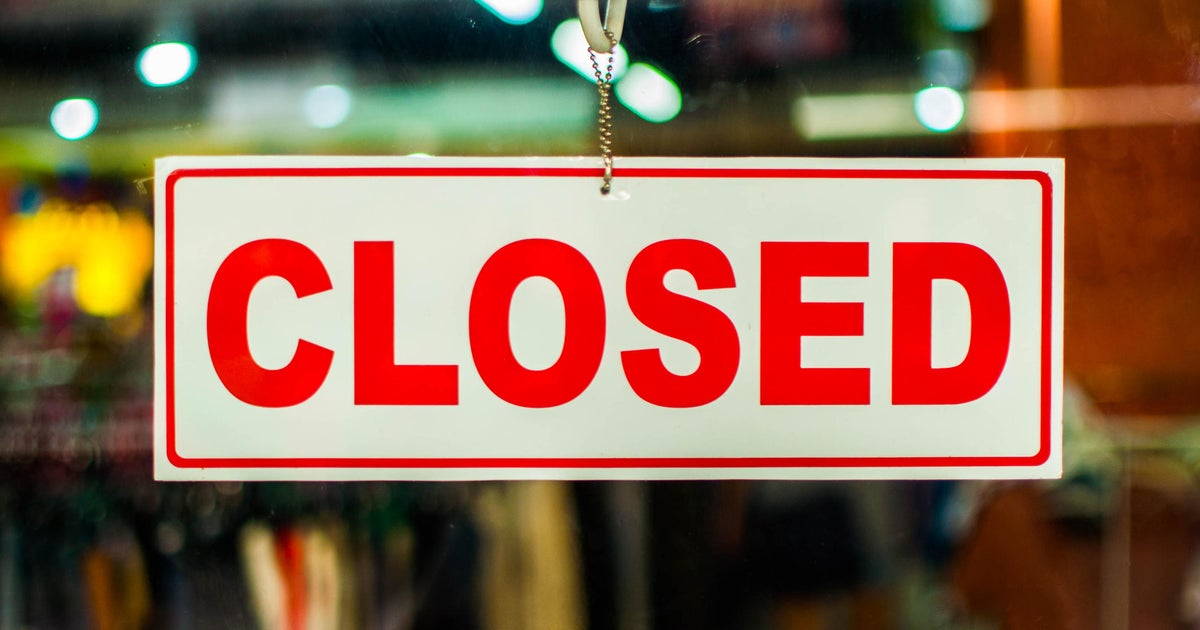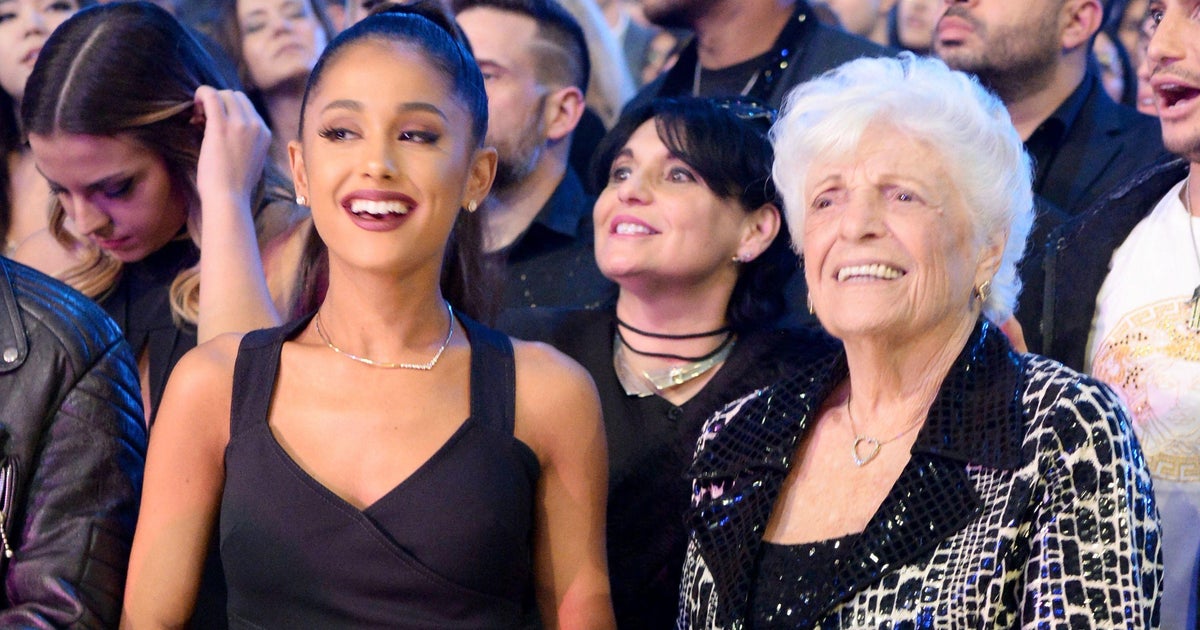How To Make Sure That Prime Day Deal Is Really A Deal
Follow CBSMIAMI.COM: Facebook | Twitter
Amazon Prime Day, which kicks off this Monday, July 16, at noon ET, will attract zillions of buyers seeking Black-Friday-in-July pricing on zillions of products.
But here's the thing: While there are sure to be some solid bargains, it's a mistake to assume that every deal is the best deal.
Disclaimer: CNET may get a share of revenue from the sale of the products featured on this page.
For example, Huawei recently announced that its Watch 2 Classic would be on sale for $289.99. However, at this writing, that very model is available via Amazon for $268.99 (albeit from a third-party seller).
RELATED: Amazon Prime Day 2018: The Best Deals So Far
Similarly, a Tile Mate Bluetooth tracker four-pack is expected to sell for $35 on Prime Day — but it's currently $33.98.
On the flipside, Amazon has announced that the Kindle Paperwhite will drop to $80 during the event — the lowest price it's ever been. (It was $10 higher last Black Friday.) So there are compelling deals to be had, no question.
The key takeaway: Don't get caught up in the FOMO (fear of missing out), the idea that every single item has been priced at rock-bottom and if you don't get it now, you'll never have another chance.
Indeed, according to data collected by Earny, an app that tracks price drops and helps you get refunds, non-Amazon-branded products were cheaper on Cyber Monday 2017 than they were on Prime Day 2017. The average discounts: 10 percent and 5 percent, respectively.
There's no way to know if those trends will continue this year, but rest assured that if you miss a deal during Prime Day, chances are good it'll come around again — and maybe at an even lower price.
Want to check the price history of something that's on sale? Use CamelCamelCamel, which can show you at a glance whether it's even been priced lower. And if it's a pretty mainstream product, check stores like Best Buy, Target and Walmart to see if they've matched or even beaten it.



